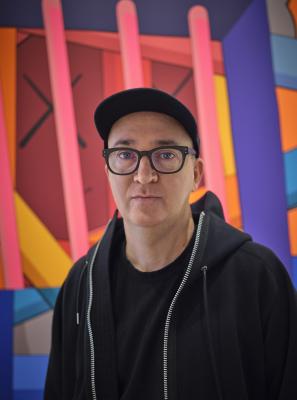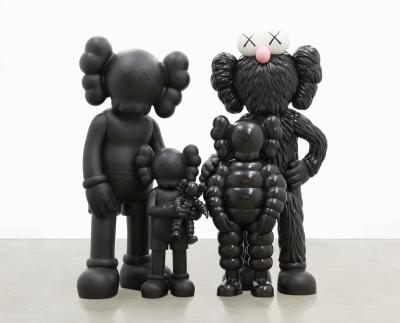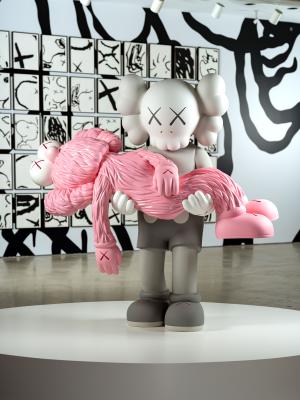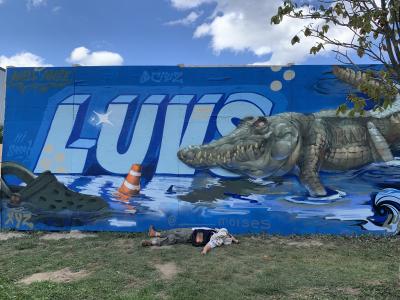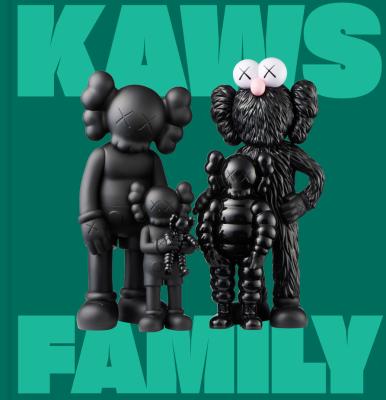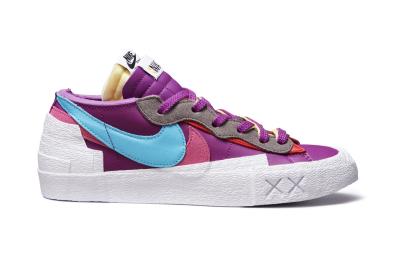How to collect toys
Curator and collector John Wee Tom reveals his perspectives on art collecting, art toys and KAWS
Photo Courtesy John Wee Tom
As one of the most collected artists today, KAWS straddles the line between the world of art, pop culture and commerce. Having first explored the relationship between art and commodity in the late 1990s and forming early partnerships with Japanese streetwear companies like Hectic and Undercover, over his career, KAWS would go on to have collaborations with major fashion brands like Uniqlo, Supreme, Comme des Garçons and Christian Dior. His countless collaborations with brands and artists include footwear, jewellery, clothing, album covers, and more. Whether it’s a sneaker collaboration, vinyl figure or painting, KAWS’s art is highly sought after.
But how and why does one build a collection, specifically art toys and figures? Has KAWS—and the dedicated followers of his work—played a role in the evolution of this form of collecting? To delve deeper, we chatted with independent curator and collector John Wee Tom, who shared his insights on the art of collecting, KAWS and the intersections of art and commerce. As an avid art collector himself, Wee Tom was the instigator and co-curator of This is not a Toy at the Design Exchange in 2014 – a groundbreaking museum exhibition dedicated to the consideration of toys as art. On Friday, May 31, Wee Tom will moderate a panel discussion at the AGO with five Canadian collectors to learn about the role art plays in their lives and how KAWS has influenced their collecting journey. Speakers include Marcus Troy, Jonathan Elias, Sara Nickleson, and Houman Rahimzadeh. This talk is presented as part of AGO's ongoing exhibition KAWS: FAMILY.
Foyer: As a collector yourself, in your opinion, what makes a good collection?
Wee Tom: A good collection should first and foremost reflect the values, sensibilities, outlook, and personality of its custodian (I hesitate to use the word "owner" because these objects will outlive us all). The tendency is to lean towards valuing and seeking what one might see in other collections, which is why even amongst very important collections, there are the same big names. One's collection shouldn't look like someone else's.
What advice would you give to someone who wants to start building their own collection?
For new collectors, a collection begins with something that intrigues you - even if you might not realize or understand why at first - but building a noteworthy collection means educating yourself and developing your eye. See as much as you can and do your research, but always follow your instincts.
Photo Courtesy John Wee Tom
What's your personal collection's style?
I struggle to identify with a particular "style" when it comes to my collection, especially because a descriptor like that implies certain qualities, but I suppose the best description would be to say it's eclectic (as cliché as that might sound). I'm not always even conscious of a common conceptual or curatorial thread running through the collection because it covers different categories, genres and interests.
Can you name some of your favourite artwork(s) from your personal collection and why they are meaningful to you?
Tough, tough question because each piece has its own place. Collections of art toys, paintings, sculptures, photographs, design and objects of antiquity and natural history coexist in our home, and all have special meaning. But a piece centred around Bruce Lee that was a gift from Doug Coupland was unexpected and resonant, given how much my life was influenced by him when I was a young boy.

This is Not a Toy, with KAWS' BETTER KNOWING, 2014 (Design Exchange)
You instigated and co-curated This is Not a Toy at the Design Exchange in 2014 together with Curator Sara Nickleson and artist Pharrell Williams, the first museum exhibition in the world to dedicate to art toys featuring KAWS as a central focus. 10 years later, we have KAWS: FAMILY at the AGO. Do you feel that the perception of art toys changed since 2014?
KAWS, along with other well-known artists such as Takashi Murakami and Yoshitomo Nara, have probably done the most to popularize the genre of art toys, primarily because they are recognized by their work in the larger art world. Recently, other artists such as Hebru Brantley and Javier Calleja have launched very successful and collectible editions of art toys as part of their larger practice. Although it's unfortunate that such brick & mortar OGs like Kidrobot and Toronto's own Magic Pony are no longer, it's good to see other toy artists like Coarse expanding their oeuvre and having shows where their works are being presented as major art pieces, with prices to match. The success of Be@rbricks - and their association with many streetwear brands and artists (including KAWS) - further popularizes the genre of art toys to both insiders and the mainstream alike.
What draws you to KAWS's work?
With their scale, colour and characters, it's easy to see why KAWS' work appeals to so many people. And for me personally, his work hits on so many levels. I love the fact that he treats his toy editions and product collaborations (such as those with Uniqlo and General Mills) with the same approach or philosophy as with his gallery work. Beyond the surface beauty of his works, I think there lies much emotion, which holds and intrigues the viewer, regardless of age, ethnicity or exposure to art. This widens his appeal and makes his work very accessible and universal. I don't have a large collection of KAWS, but I do have what I consider to be one of his most important works in that it perfectly encapsulates his ethos. It's one of his 4' Dissected COMPANIONS which straddle the boundary between toy and sculpture and thus, so-called low and high art. Similarly, in KAWS: FAMILY, it's striking to me that the lone vinyl toy in the main exhibition space is also one of the works with the most power, despite its diminutive scale and cost relative to the much larger sculptures.
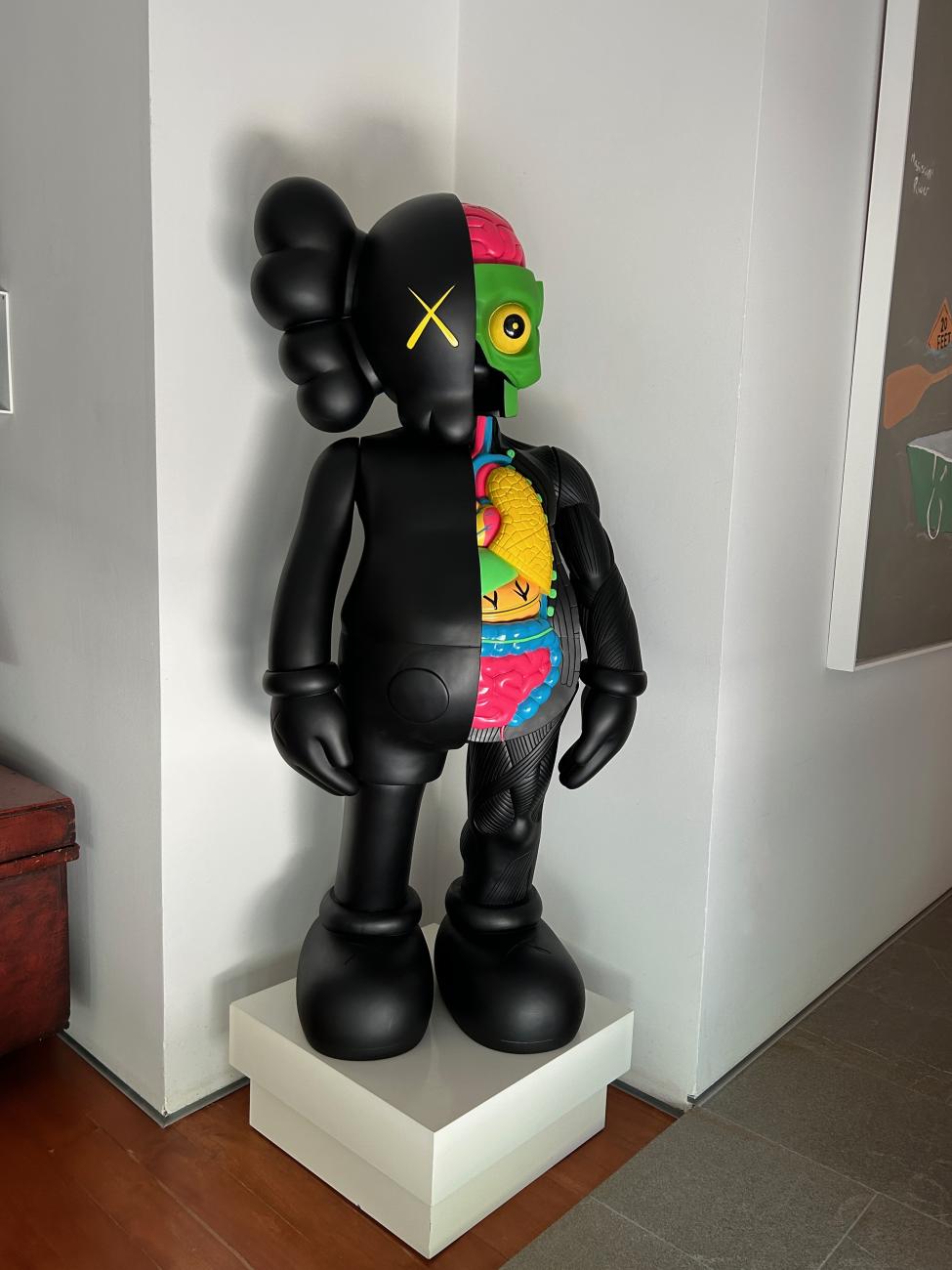
Photo Courtesy John Wee Tom
What is your favourite KAWS collaboration and why?
Although it's probably not recognized as a collaboration per se, I think the KIMPSONS paintings that NIGO commissioned from Brian are very important in that they brought two great creative minds into the same sphere, and this really presaged collaboration culture that is now ubiquitous. KAWS' collaborations with Be@rbricks, Hajime Soriyama and DIOR were also very cool and ground-breaking in their own way.
What can people expect to hear and learn about at the KAWS x Collector Culture talk on May 31?
Firstly, the appreciation for KAWS' work knows no audience limits, which I think sets him apart from virtually any other artist working today and sets the basis for a lively discussion. Secondly, I think collectors have a unique way of seeing the world and their collections reflect this vision. Although the common ground amongst the panellists is obviously KAWS, their diversity of backgrounds, interests, and experiences should provide interesting insight into what drives contemporary culture today.
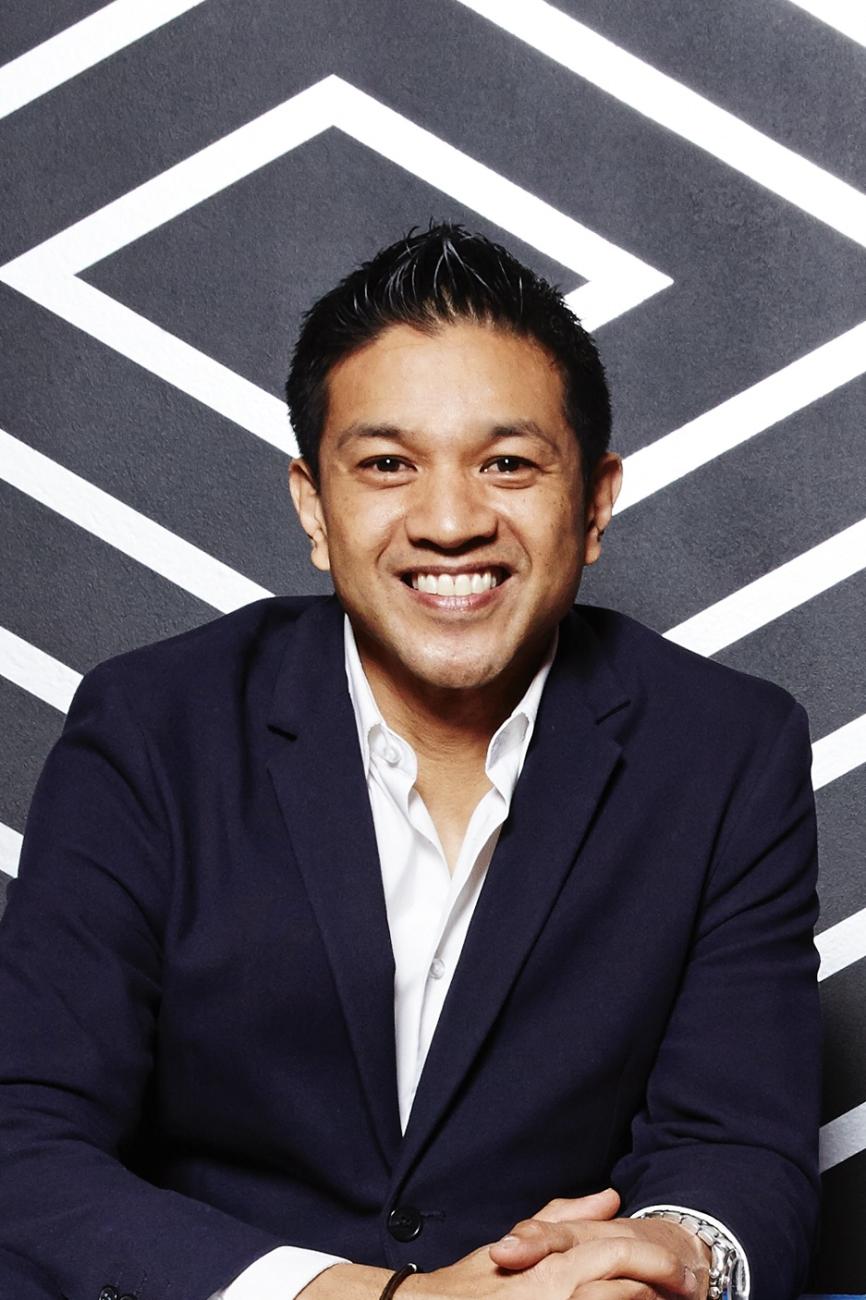
John Wee Tom
KAWS's collaborations and artworks are on view in KAWS: FAMILY, on Level 2 of the AGO in Signy Eaton Gallery (gallery 224), Galleria Italia (gallery 223) and Al Green Gallery (gallery 252) from September 27, 2023 to August 5, 2024.

